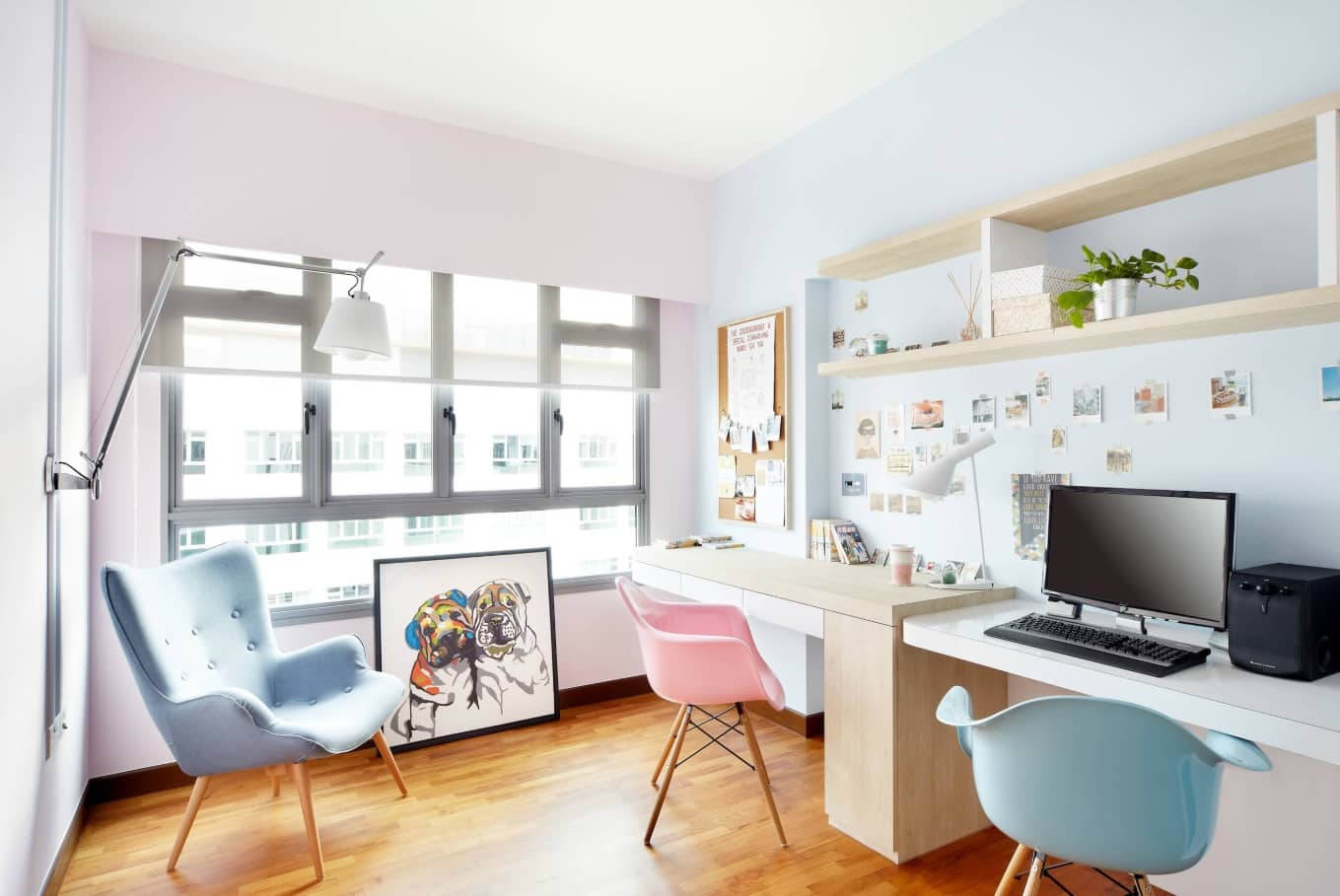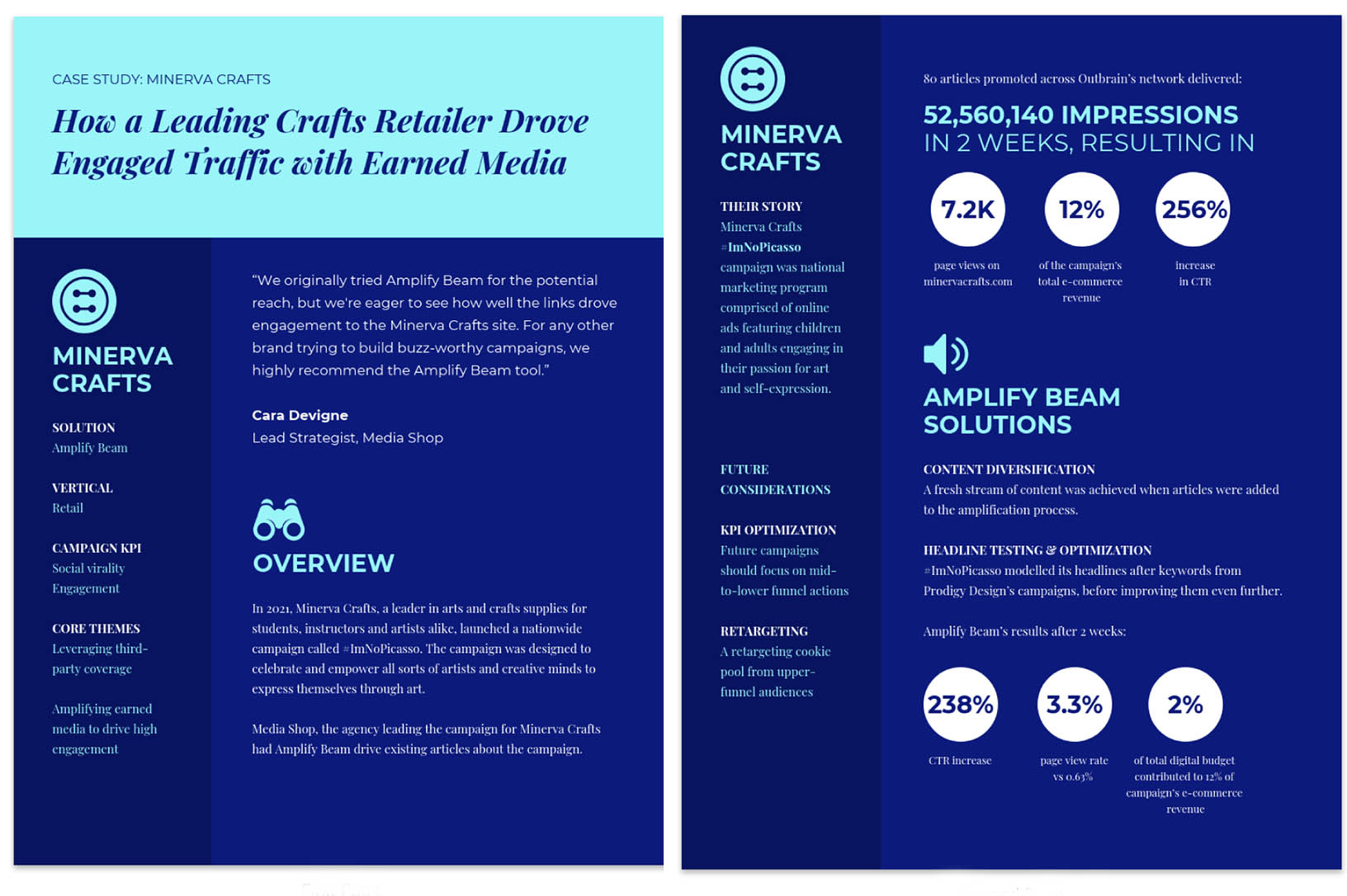Table Of Content
- National Center for Science and Engineering Statistics
- Analytical Studies
- A comprehensive guide to understanding design research
- Challenge the conventional. Create the exceptional. No Limits.
- Design Studies Vol.78 Design Research Notes : An Interview with the Editors
- Actor-network theory
- Learn More about Design Principles

Therefore, as a design researcher and the Editor of International Journal of Design, I am extremely happy to support and contribute to Design Science. It is important to respect and acknowledge the creativity and non-linear innovation inherent in the design process. It is so simple to accidentally destroy positive design ideas by turning on our analytical minds too early. The art of design is to keep multiple potential futures in mind at the same time, while the science of design is in predicting, analyzing and optimizing the tradeoffs of those potential futures. The Design Science journal is a designed product, maybe also a designed product-service system.
National Center for Science and Engineering Statistics

In the third lesson, you’ll learn best practices for designing with type and how to effectively use type for communication. We’ll provide you with a basic understanding of the anatomy of type, type classifications, type styles and typographic terms. You’ll also learn practical tips for selecting a typeface, when to mix typefaces and how to talk type with fellow designers. Balance can be achieved symmetrically, where elements mirror each other on either side of a central axis, or asymmetrically, where elements provide equilibrium without mirroring. It ensures that viewers can engage with the content without feeling overwhelmed or distracted. For a deeper dive into the intricacies of visual composition, including balance, refer to the article on the building blocks of visual design at interaction-design.org.
Analytical Studies
Design research today and in the past has dealt with designing of products much more than of services. Obviously, we make products for humans to improve their lives, but often the use activity of humans has not received enough attention. The fields of service design and product–service systems design are much younger ones in design science research. This status of today should change in the coming days as things exist for human activities.
A comprehensive guide to understanding design research
There is evidence then that human beings are not very well equipped to forecast for developments that are not characterized as continuous increase or decrease but are determined by apparently abrupt changes. One reason might be that human beings experience abrupt changes as continuous ones within a continuum. The connecting thread throughout the discussion here is the collective desire to build avenues of communication and understanding for an open, inclusive, boundary-crossing design community. State problems just require one measurement of the phenomena of interest, while process problems always require multiple measurements.
Challenge the conventional. Create the exceptional. No Limits.
All try to codify some part of a collective ‘science’ of design within the design process. Design is a human activity of identifying purposes and developing concepts and realizations of artifacts that achieve the purposes under various environmental situations. Depending on the types of artifacts, design has been categorized into various disciplinary areas, such as engineering design, architectural design, industrial design and fashion design.
Some of the basic elements in the detail, that will help you in creating your study, are as follows. Use these techniques iteratively to generate increasing depth to your study. At points you will gain insights that you will want to follow up in more depth. For example, if you spot a conflict between people's goals, and can see that to be the source of the main problems, it's OK to go deep on that. You might discover what designers call "a generative idea" that helps you to find a great new solution. If you are working in a team, you can delegate different parts of the investigation to team members, but keep communicating.
A behavioral–physical paradigm can be explored for design research in the future. The development of design research has led to the establishment of design as a coherent discipline of study in its own right, based on the view that design has its own things to know and its own ways of knowing them. We looked at her car with her, taking photos and exploring the experience of driving it.
USC’s student-run design studio nurtures creativity and industry experience
To create the aesthetic style of a website or app, we work with fundamental elements of visual design, arranging them according to principles of design. These elements and principles together form the building blocks of visual design, and a firm understanding of them is crucial in creating a visual design of any product. Emphasis in design principles refers to intentionally highlighting specific elements to draw attention and create a focal point.

These are structured, moderator-led discussions with a small group of users. The aim is for the conversation to dive deep into their experiences with the design and extract rich insights – not only capturing what users think but also why. This is a closer look at existing designs in the market or other related areas. Design reviews are very valuable because they can provide an understanding of current design trends and standards – helping you see where there's room for innovation or improvement. The broad scope of design research means it demands a variety of research tools, with both numbers-driven and people-driven methods coming into play.
UMich students talk Art & Design School study abroad requirement - The Michigan Daily
UMich students talk Art & Design School study abroad requirement.
Posted: Sun, 19 Nov 2023 08:00:00 GMT [source]
All of this leads to pressure on product development to be fulfilled in shorter time (faster, parallelized), robust (reduced risk) and transparent (for operation as well as management) in different dimensions (quality, cost, etc.). Textbooks, websites, training resources, expert consultants and academic researchers all propose many frameworks, methods and tools to assist in the delivery of ‘good’ products. There is ample evidence to support this simple statement in the world around us. To accomplish these challenges, an interdisciplinary approach is needed which leverages engineering design, psychology and analytical disciplines, among others. The result will be a holistic understanding of how people do and should design solutions to the world’s most challenging problems. This was helped by the development of a research base, including doctoral programmes, within many of the design schools located within new institutions that were previously art colleges, and the emergence of new areas such as interaction design.
After users have interacted with the design for some time, use feedback surveys to gather their thoughts. The results of these surveys will help to ensure that you have your finger on the pulse of user sentiment – enabling iterative improvements. Benchmark testing is about comparing your design's performance against set standards or competitor products. Talking to those invested in the design's outcome, be it users or experts, is key.
Design Science articles will likely have longer introductions and literature reviews and more explanation of terms than is typical for discipline-specific journals. Authors and reviewers in disciplinary journals usually discard such material as unnecessary ‘padding.’ Papers become more efficient at the expense of wider accessibility. For Design Science, I would expect the typical reader to follow at least 40% of any typical article and, having no expertise in the particular topic, to be drawn into further study of additional work from the references to fully comprehend what is put forth. Perhaps a fair aspiration for some Design Science articles is that they would be the first reads for researchers getting into a field or topic new to them.

No comments:
Post a Comment